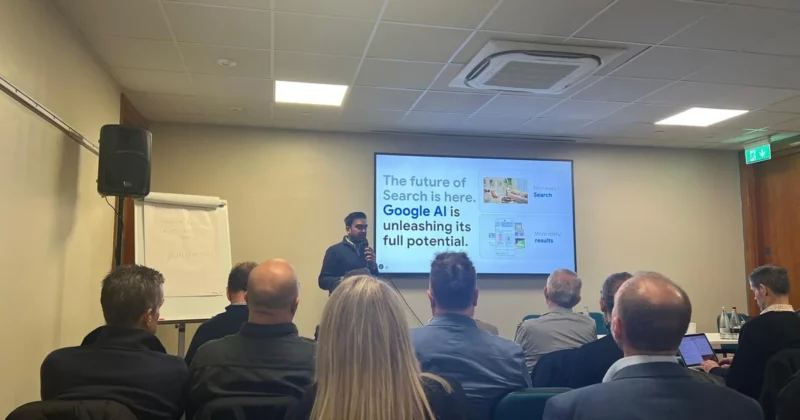
With two-thirds of revenue in the global travel and tourism sector now resulting from online sales channels, according to data recently released by Statista, there is no denying the importance of digital marketing to business success. So, it is worth taking time to consider the difficulties companies face in creating a robust data strategy, and the benefits of overcoming those challenges.
The benefits of a ‘performance’ approach to digital marketing should be attractive to all. With accurate and effective data, travel marketers can access up-to-the-minute data to inform their decisions. Opportunities can then be identified and tactics that drive effectiveness can be measured and optimised. With a robust data strategy, the travel marketer can be confident that their offers reach consumers with the right media, at the right time and with the right content.
The Challenge
But we can only manage what we can measure. And due to the complexity of digital media – across many countries, platforms and data sources – it is extremely challenging to take an overall view of the performance of global marketing tactics.
National measurement is hard enough for today’s marketer, but in the travel sector we have the added challenge of Internationality – that is, for most hotels and travel companies the most profitable and sizable business comes from multiple external markets. This requirement for a global omnichannel marketing strategy makes the implementation and measurement of digital marketing even more complex.
An opportunity to transform
Due to the complexity of global omnichannel strategies, many organisations find that their existing toolsets for driving media and e-commerce decision making are slow and inflexible.
Reports that match media spend with bookings are often ready for analysis long after the end of the reporting period, with teams spending days inputting and recalculating the data. With such slow and unwieldy systems in place, companies often find that they are not able to use the results and analysis as effectively as they want.
Moving to an in-house Cloud-based architecture can help to transform media reporting globally. The creation of a repository of media investments, incorporating spending across digital channels, can provide a trusted and responsive tool for responding to market conditions. Set up and managed well, it can also embed booking, loyalty and revenue data, bringing everything together in an efficient system that can dramatically improve the speed of reporting and depth of insights.
Using tools on the cutting edge
It is often best to build a platform like this from the bottom up, based on the precise use cases and operational needs of teams across the marketing functions. With a strong foundation, it is possible to build a trusted solution that verifies the data coming from a multitude of sources and agencies, to fuel a variety of media, e-commerce and retention reporting tools.
Key attributes of a platform like this might include:
- Pipelines: data flows in automated pipelines from digital platforms (adapted for sources across European, the Middle Eastern, African, and AsiaPacific and American regions) to ensure consistent and efficient ingestion
- Real-time checks: ingestion alerts to immediately identify data source discrepancies, to mitigate the risk of a single point of failure and localising issues
- Daily QAs (quality assurance checks): daily QAs to identify discrepancies between expected and reported data, to isolate the source of errors and speed up mitigation
- Version control: a roll-back facility, so that the platform can be returned to the previous set-up if for any reason the new version underperforms expectations
This data infrastructure can greatly improve efficiency as it is possible to enable multiple parallel jobs to run simultaneously across datasets, speeding up processing and quality checks. The resultant tables enable real-time access to the reports and various visualisation tools to draw on a rich and trusted dataset. Firms that adopt this approach can see reduced data processing times by up to 95%, freeing up the client’s media team to focus on insights and decision-making, instead of data collection and validation.
Better data delivers better collaboration
With this approach, each department – including media, ecommerce and loyalty teams – can have direct access to trusted and consistent data, which they can use to build separate reports and analysis based on common measures. Aside from the efficiency gains, a system like this can also have a profound impact on individual roles within the business. Managers can view their local campaign performance and understand how investments support joint objectives, while e-commerce teams can understand budget allocation and performance by property and locality. Media managers have regular and accurate campaign performance and spend stats at an aggregated level.
Time for a reinvention of your decision-making processes?
Taking a fresh approach to data reporting can be daunting, especially when you are trying to merge datasets from hundreds of sites and localities worldwide. And it can lead to a broader range of operational changes in the process… We strongly believe that companies should create a culture of reinvention as cutting-edge Cloud-computing tools can bring new levels of data quality and insight to decision-makers.









